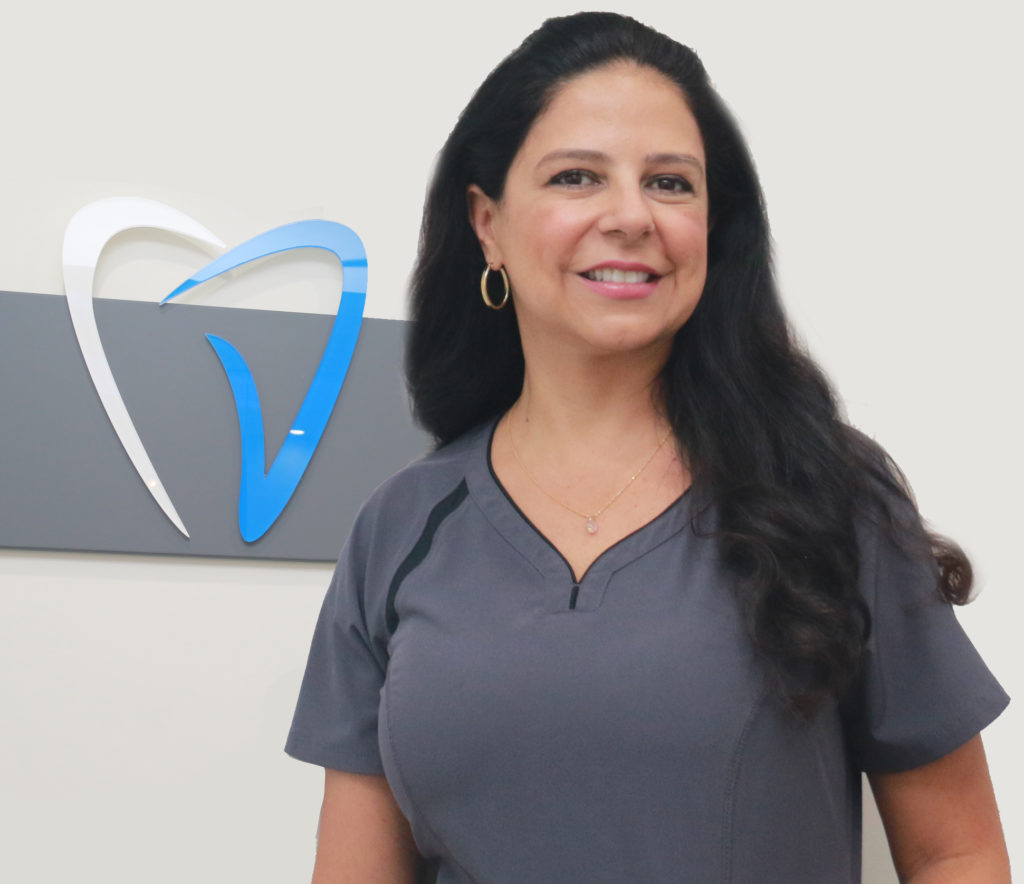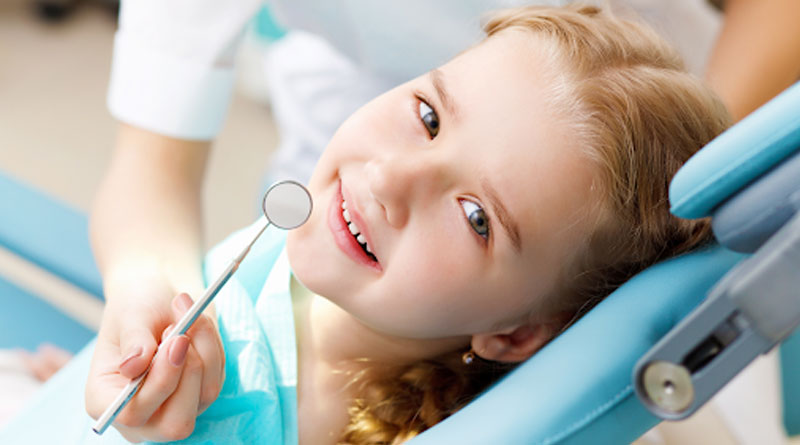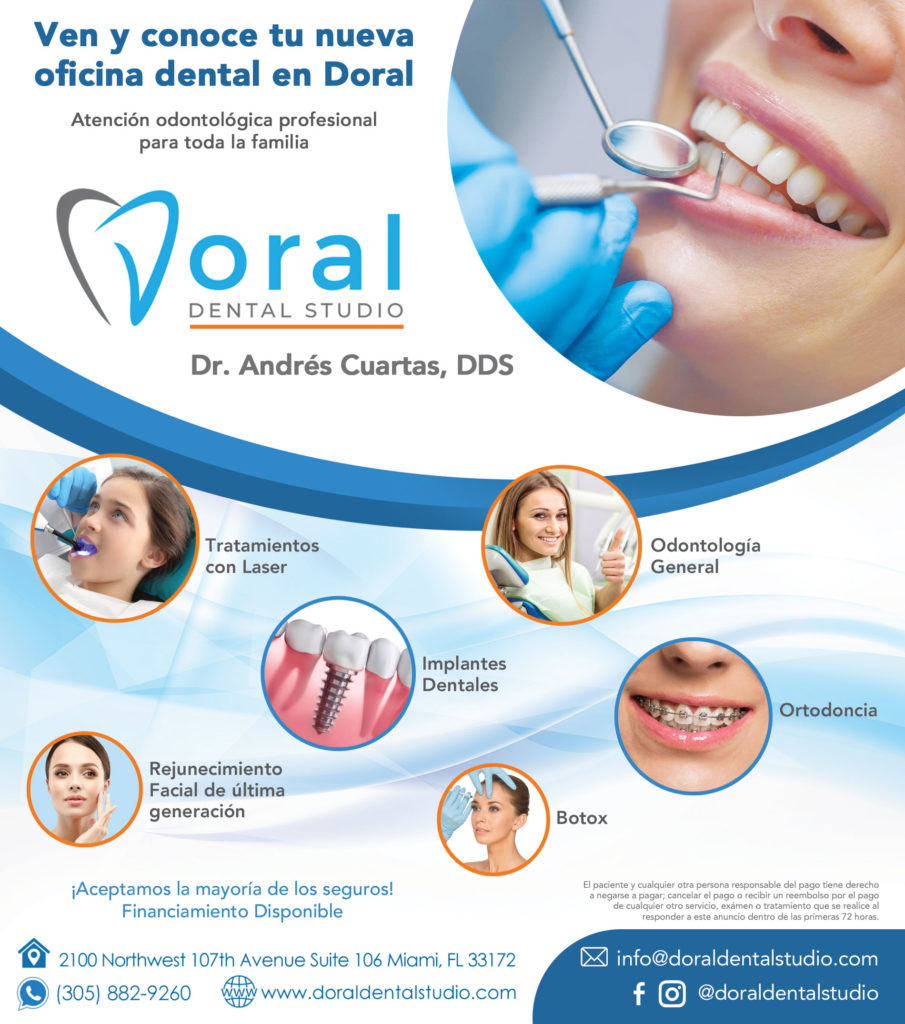Maintaining good oral health in children
Hygiene habits, visits to the dentist and parental supervision
By: Diana Bello Aristizábal
According to the Centers for Disease Control and Prevention (CDC), approximately 1 in 5 children between the ages of 5 and 11 have at least one untreated tooth decay. Despite this scenario, both cavities and other oral health-related diseases can be prevented if some basic guideline is followed from an early age.
Taking this into account, on the occasion of National Children’s Dental Health Month, which is sponsored by the American Dental Association, we want to remind parents and caregivers that they are responsible for gathering information about this issue, encouraging healthy eating in children, buying an appropriate hygiene kit as well as learning how to use it.
In this way, we can help reverse this statistic and avoid problems in the future. “You have to put children in the dental world from an early age in order to raise awareness about the importance of good hygiene,” explains Sandra Zuluaga, dentist and registered licensed Dental hygienist at Doral Dental Studio.
As we know taking care of the little ones’ oral health is a very important task, here are some tips from dentists.
Routines for a lifetime
The adventure of taking care of children’s teeth starts from the very first month of life. Contrary to what the popular belief says, you don’t have to wait until your child begins eating solids to watch his or her oral health. It is known that breast milk can also bring germs and plaque that eventually favor cavities.
In the baby’s first months of life, parents should clean the gums with a gauze pad soaked in water. Then, at six months of age, or when the first teeth sprout, you can use a small head baby-friendly brush to help remove residues. It is not recommended to use toothpaste that early.
Also, avoid putting your infant to bed with a bottle of milk, juice or sugar water because it is proven that this habit is the main cause of the so-called ‘baby bottle tooth decay’. “I have seen 3 and 4 year olds with cavities in the whole mouth for this practice,” says Sandra.
The problem is not the milk itself, but the artificial sweeteners and flavors (for example, chocolate or cereals) that eventually damage teeth by being in contact with them for an extended period of time.

When children are approximately two to three years old, a fluoride-free toothpaste can be used while they learn not to swallow it, which happens between 4 and 5 years of age. At this point, it is very important to create an appealing hygiene routine.
“The moment of teeth brushing should be pleasant, educational and fun. I always recommend parents buying an age-appropriate toothpaste, without mint and with children’s motifs. The amount of toothpaste that we apply on the brush should not exceed the size of a pea,” she says.
But choosing a good toothbrush is also important. It is recommended to opt for one of the right sizes according to the child’s age (which can be seen on the product label) that has soft bristles. Let’s not forget that brushing is the most significant part of the process, which is why toothbrushes must be kept clean and should be changed every 3 months.
And what can you do if your child hates teeth brushing? How do you encourage him or her to do so? The shortest answer is creativity. This implies putting educational videos on YouTube, apps aimed at children or even coming up with songs and rhymes.
But you also need to show your child how to do it, because oftentimes parents are on top of their children asking them to brush their teeth but have never really given them a ‘step by step’ guide to help them succeed in this task.
There are a few steps you should follow. First, make circular movements in the tooth; then, sweep it by turning the brush 45 degrees so that the bristles are between the tooth and the gum.
“I don’t recommend making a top-down movement on the tooth. It is repetitive and, therefore, could damage gums, which will expose the roots causing sensitivity in the patient,” warns Sandra Zuluaga.
But brushing should not be brief. Ideally, it lasts two minutes; one minute in the back teeth and another in the lower ones. Within this time, it’s important to cover both the outer and inner face of the teeth, the occlusal area (with which the food is chewed) and ensure that the brush is always in a horizontal position.
Flossing is the next step. As this represents 40 percent of the work, it is suggested to floss at least once a day throughout each and every single tooth; some teeth can be flossed by adults and others by children so that they learn, little by little, how to do it properly without harming themselves. This step must be followed even with baby teeth, which can also get cavities despite being temporary.
After flossing, the next step is to clean the tongue with a tongue scraper or using the back of a toothbrush designed for that. “Tongues are full of taste buds that observed in a microscope are like hairs, those hairs trap bacteria and germs,” ??Zuluaga explains.
Finally, it is necessary to finish the hygiene routine with a fluoride mouthwash. Its responsibility is to finish sweeping everything left in the mouth. Encourage kids to use it every night before bed.
Following these recommendations, in addition to visiting a dentist every six months, can save parents money and time. “A patient who has good hygiene habits at home and also is checked by a professional on a regular basis is a patient who will rarely get sick,” says Andrés Cuartas, owner of Doral Dental Studio, general dentist, doctor of dental surgery and member of the American Dental Association.
“In dentistry, it is cheaper to prevent than it is to cure,” adds the specialist. He explains that many times parents postpone the visit to the dentist for saving a few dollars and only go to an office when they are already facing a problem that, of course, involves a greater investment of money than the check-up appointment.
Those who wish to begin taking their little ones to the dentist can take use of Doral Dental Studio February special that offers panoramic and intraoral screenings, a complete dentist examination and a regular cleaning.
Doral Dental Studio is located at 2100 NW 107th Ave, Suite # 106. Miami, Florida. For appointments, you can call 305.882.9260 or send an email to info@doraldentalstudio.com



I didn’t know that you could get fluoride-free toothpaste but that’s good to know. My daughter is about 6 months old so her teeth are starting to come in. I’ll be sure to maintain her oral hygiene so that she doesn’t get cavities.
Thank you for telling me that we should all visit the dentist along with our kids at least once every six months. I’m trying to make my children realize how important it is to look after their oral health and keep their baby teeth cleaned at all times. Following your advice, it might be better if we can visit the same clinic so we can all get dental care on the same day.